2013 Saskatoon, Saskatchewan, Canada
Benjamin Gresty and Jaxon Lalonde are enrolled in the Eco-Justice environmental and adventure program at St. Edward School. Their proposal for the Caring for our Watersheds competition looked at the problems to the river and surrounding area caused by the failure of people to pick up after their pets. Chances are, if you are a dog owner, you have done the dirty deed of not cleaning up after your dog once or twice. Many people think this is not a big deal. Some even feel that dog waste can act as another kind of fertilizer. This is not the case! When dog waste washes into our local water ways it has negative effects for our South Saskatchewan River Watershed.
When dog owners don’t clean up their dog’s poop, it 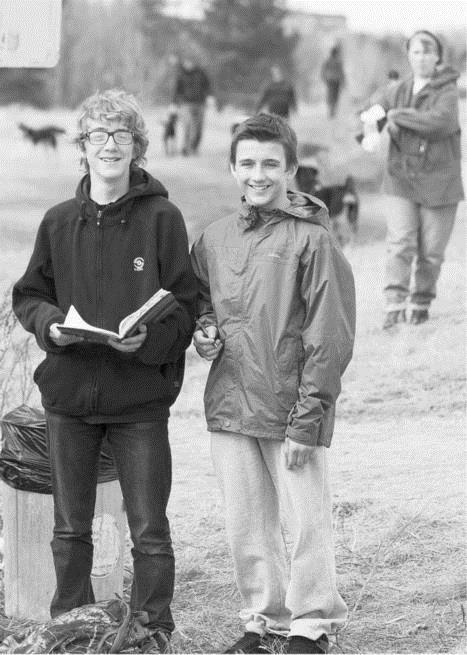 can leach into soil and with it, harmful disease causing micro-organisms like round worms, E. Coli and Giardia that can live in dog feces. This puts children who play outside and adults who garden at risk of these infectious organisms. If dog waste is washed into the storm drains it ends up in lakes, rivers, streams or marine water. People can accidentally swallow its bacteria and other disease-causing organisms while swimming or playing in the water. It can even contaminate ground water!
can leach into soil and with it, harmful disease causing micro-organisms like round worms, E. Coli and Giardia that can live in dog feces. This puts children who play outside and adults who garden at risk of these infectious organisms. If dog waste is washed into the storm drains it ends up in lakes, rivers, streams or marine water. People can accidentally swallow its bacteria and other disease-causing organisms while swimming or playing in the water. It can even contaminate ground water!
Dog feces contains nutrients like phosphates and nitrogen that encourage the growth of algae and aquatic plants and is also known to carry terrible diseases such as Whipworm, Hookworm, Tapeworm, Parvovirus, Beaver Fever, Salmonella, and E.coli. Said nutrients and pollutants have caused a major algae growth and pollution problem in Lake Winnipeg, giving it the title of 2013’s most threatened lake.
Jaxon and Benjamin decided to clean up dog feces in a local park and hand out bags to dog owners to raise awareness about how dog poop can affect our watershed
To further spread the information about the problems of dog waste, the students started a “poopagenda” poster campaign in off-leash parks, at bus stops and on lampposts. They have also started working with the City of Saskatoon to have permanent signs installed to educate the public about the potential harm caused by unscooped waste. Picking up the (dog) poo is one small and simple step to a much cleaner watershed!
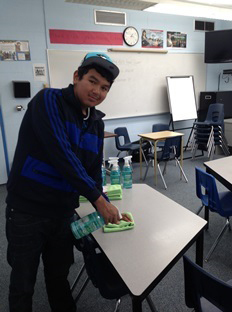

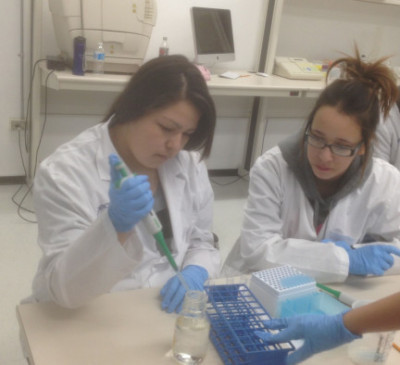
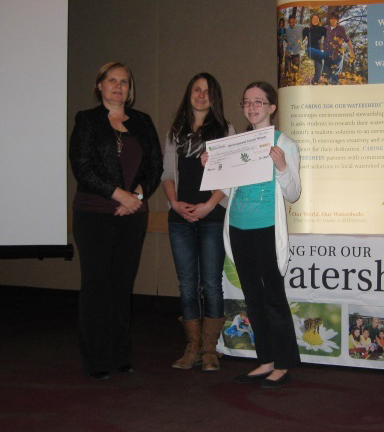
 Rain barrels are designed to collect water, but one distinctive rain barrel designed by students at Daysland School in central Alberta is garnering just as much attention as it is water.
Rain barrels are designed to collect water, but one distinctive rain barrel designed by students at Daysland School in central Alberta is garnering just as much attention as it is water.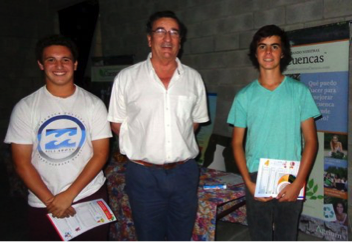
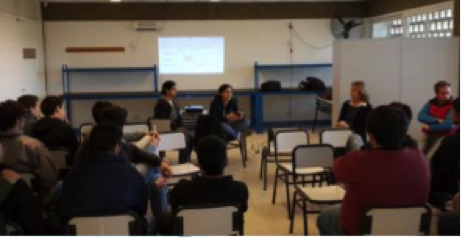
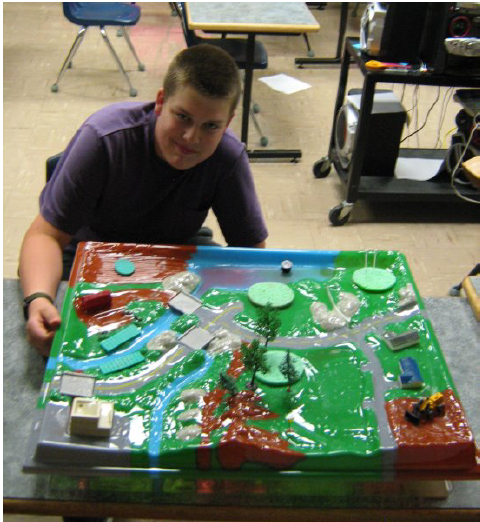
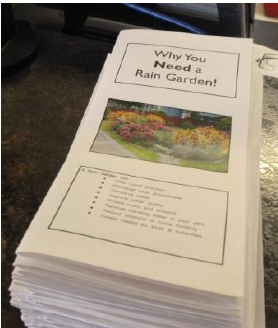
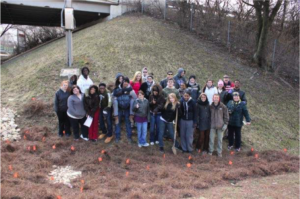
 can leach into soil and with it, harmful disease causing micro-organisms like round worms, E. Coli and Giardia that can live in dog feces. This puts children who play outside and adults who garden at risk of these infectious organisms. If dog waste is washed into the storm drains it ends up in lakes, rivers, streams or marine water. People can accidentally swallow its bacteria and other disease-causing organisms while swimming or playing in the water. It can even contaminate ground water!
can leach into soil and with it, harmful disease causing micro-organisms like round worms, E. Coli and Giardia that can live in dog feces. This puts children who play outside and adults who garden at risk of these infectious organisms. If dog waste is washed into the storm drains it ends up in lakes, rivers, streams or marine water. People can accidentally swallow its bacteria and other disease-causing organisms while swimming or playing in the water. It can even contaminate ground water!